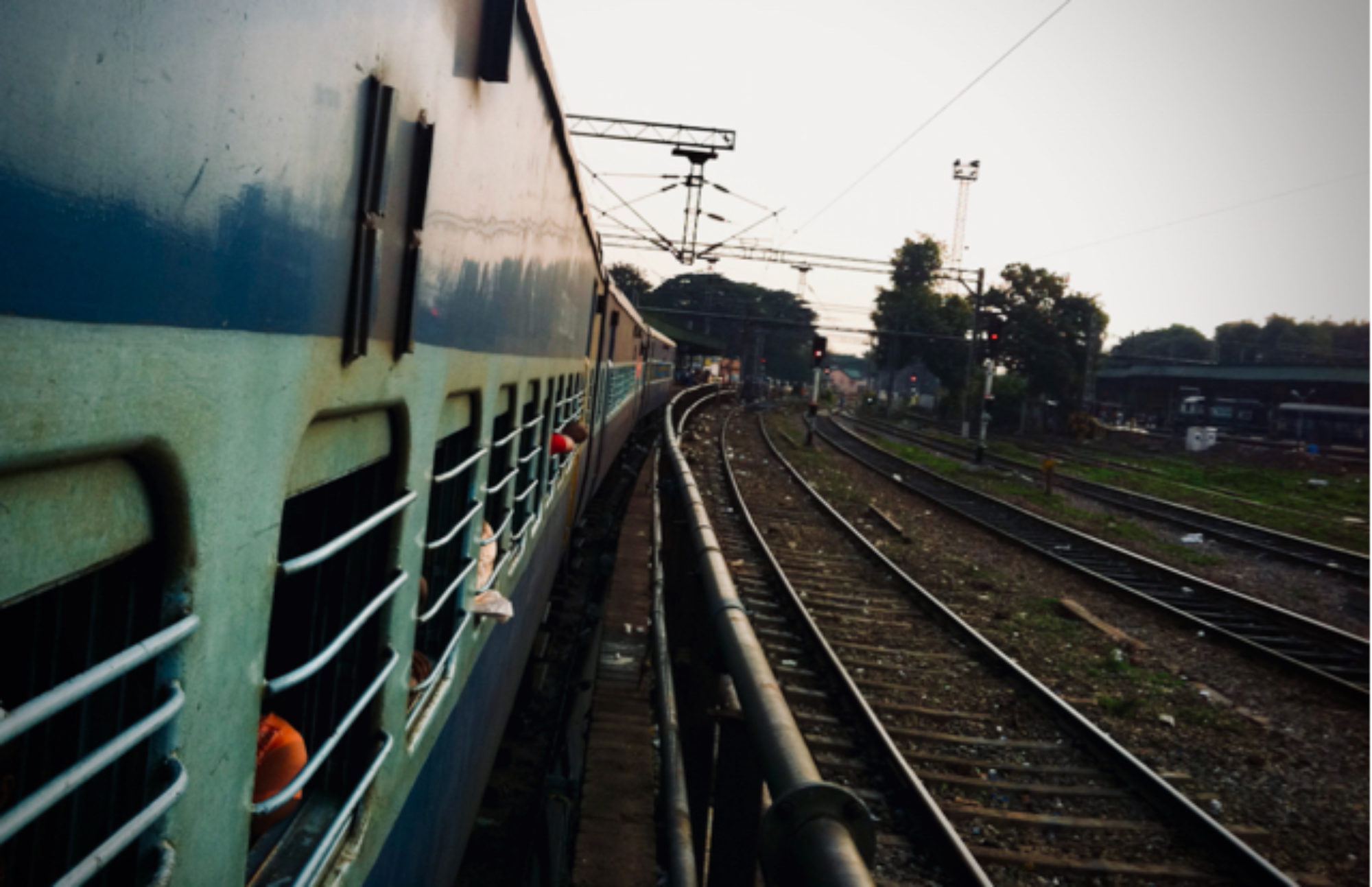For this week’s reading, we focused on agriculture’s impact on water. By 2020, between 75 to 250 billion people will be exposed to water stress, a result of depleting fresh water resources. Although there are policy-driven efforts to reduce water stress and contamination, we are always looking for new technologies and initiatives that can have a greater impact on these global problems.
EPA ordered to assess fertilizer runoff by Colleen Scherer on AG Professional
Following a lawsuit claiming the EPA had refused to respond to questions regarding the establishment of quantifiable standards and clean-up plans for water pollution, the U.S. District Court ordered the EPA to determine limits on fertilizer pollution. Fertilizer runoff is a growing threat to the environment, already affecting the Gulf of Mexico and the Great Lakes as a result of agricultural activities in the midwestern United States. The EPA has six months to determine if it will set new limits on water pollutants.
What’s really causing water scarcity in Africa south of the Sahara? by Claudia Ringler on CGiar
In addition to droughts and arid areas, much of Africa suffers from economic water scarcity. This is due to the fact that many areas do not have the financial means necessary to access and use the water source. Researchers from the International Food Policy Research Institute are working to develop smallholder irrigation systems and motor pumps. The motor pumps can increase the land irrigation by four times, potentially reaching 30 million hectares in Sub-Saharan Africa. However, areas like Angola, Northern Botswana, and Zimbabwe will experience new risks such as overdrafting of existing water resources, brought on by the motor pumps if they are set in place.
EPA says US falls short of goals for reducing pollution to shrink dead zone in Gulf of Mexico by Associated Press on StarTribune
The dead zone in Gulf of Mexico was the size of Connecticut this summer and has not been downsized since. The dead zone is caused by the high levels of nitrates and phosphorous lead that have run off from agricultural activities in the Midwestern US, leading to exponential plant and algae growth. With the growth of these new plants, there is not enough oxygen to support the aquatic life that once inhabited the area. The EPA does not have the authority to mandate farmers to actively reduce nitrate pollution, so it must rely on the the individual states’ plans to reduce runoff. There are a number of precision agriculture technologies popping up around nitrogen application. If there is an EPA mandate, we could see huge growth in demand for them.
Solutions to water stress and scarcity should be collective by Mark Hillson on The Guardian
While simultaneously experiencing a growth in population and severe droughts across the country, the UK is changing the way it manages water. Farmers and estate owners have collaboratively begun to create reservoirs, while Severn Trent Water and Canal & River Trust have begun using canal networks. Another collaborative effort is being developed with the University of Cambridge Programme for Sustainability Leadership and centers arounds managing a river basin. This collaborative work is uniting several groups with different answers to resolve a global problem, and we will need to see such efforts replicated in the Middle East and Africa, where water stress is expected to have the greatest impact over the next few decades.
Breakthrough in Agricultural Irrigation: PlantCare’s Invention Supports Sustainable World Food Production on NewsWire
PlantCare, a Swiss start up, is revolutionizing agricultural irrigation with its creation of a self-learning irrigation system. When farmers would normally rely on experience or touch, PlantCare’s new system measures the amount of water in the soil which is then converted to measure how much water the soil can absorb. Farmers are notified via SMS messages of any changes and the data is stored online. The system is meant to increase yield while reducing the water losses that are associated with irrigation farming. It is currently in use by farmers in Switzerland with reports of successful operations.
New here?
- Learn about what we do.
- Follow us on Twitter.
- Like us on Facebook.
- Join us on LinkedIn.
- Sign up for our mailing list.
- Catch up on past Weekly Reviews.
- Fundraising for a mobile tech, alternative energy, or ag tech startup? Apply.
